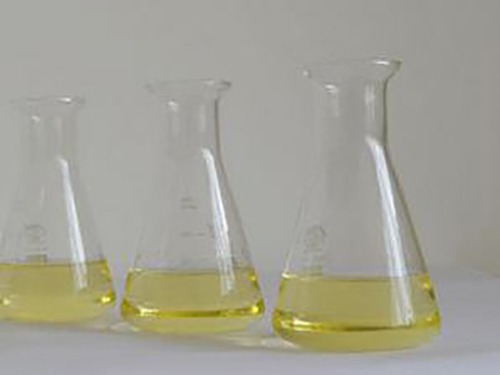Effective Methods for Flocculant Water Treatment and Purification Techniques
FLOC and Water Treatment A Comprehensive Overview
Water treatment is of paramount importance in today’s rapidly industrializing world, where the demand for clean and safe water is constantly increasing. Among the various techniques employed to ensure water quality, flocculation stands out as a critical process in both municipal and industrial water treatment facilities. This article explores the concept of flocculation, its significance in water treatment, and the technologies associated with it.
Understanding Flocculation
Flocculation is a process used to aggregate fine particulates in water, facilitating their removal. This is achieved by the addition of chemical agents known as flocculants, which encourage small particles to clump together into larger aggregates, known as flocs. These flocs can then be more easily separated from the water through sedimentation or filtration. The fundamental principle behind flocculation hinges on the interaction of particles, influencing factors such as charge neutralization, particle collision, and the adhered mass of the floc.
Significance in Water Treatment
The importance of flocculation in water treatment cannot be overstated
. It plays a vital role in various applications, including1. Municipal Water Treatment Flocculation is used to treat drinking water by removing suspended solids, organic matter, and pathogens. This process enhances the clarity and safety of the water before it is distributed to households.
2. Wastewater Treatment In industrial applications, flocculation helps to separate contaminants and solid waste from wastewater. This not only improves the quality of the effluent released into the environment but also facilitates the recovery of valuable resources from the waste stream.
3. Stormwater Management Flocculation techniques are also employed in managing stormwater runoff, which typically contains a cocktail of pollutants. By aggregating these pollutants, flocculation aids in their removal before they reach natural water bodies.
Flocculation Process
floc water treatment

The flocculation process generally involves three main steps
1. Coagulation The process begins with the addition of coagulants, which neutralize the charges on particles, allowing them to come closer together.
2. Floc Formation Following coagulation, gentle stirring promotes the formation of flocs. This can be optimized through the control of mixing parameters, ensuring that flocs grow to a requisite size for effective removal.
3. Sedimentation or Filtration Once flocs are formed, they are allowed to settle under gravity (sedimentation) or removed through filtration processes. This step ensures that the treated water is adequately cleared of contaminants.
Innovations in Flocculation
Recent advancements in flocculation technology have significantly enhanced its efficiency and effectiveness. Innovations such as microflotation and electrocoagulation have emerged, offering alternatives to traditional flocculation methods. Additionally, the development of environmentally friendly flocculants, such as biopolymers derived from natural sources, addresses concerns associated with chemical additives.
Moreover, automation and control systems have improved the monitoring of flocculation processes, enabling real-time adjustments to enhance performance and reduce operational costs. These innovations are critical as regulatory frameworks around water quality become increasingly stringent.
Conclusion
In conclusion, flocculation is an essential component of water treatment that plays a critical role in safeguarding public health and protecting environmental resources. By harnessing the power of flocculation, water treatment facilities can effectively remove pollutants, ensuring that clean and safe water is accessible to all. As the demand for clean water continues to grow, ongoing research and technological advancements will be crucial in optimizing flocculation processes and addressing emerging water quality challenges. The journey toward sustainable water treatment relies significantly on these powerful aggregation mechanisms, shaping the future of water management practices worldwide.
-
Water Treatment with Flocculant Water TreatmentNewsJun.12,2025
-
Polymaleic AnhydrideNewsJun.12,2025
-
Polyaspartic AcidNewsJun.12,2025
-
Enhance Industrial Processes with IsothiazolinonesNewsJun.12,2025
-
Enhance Industrial Processes with PBTCA SolutionsNewsJun.12,2025
-
Dodecyldimethylbenzylammonium Chloride SolutionsNewsJun.12,2025





